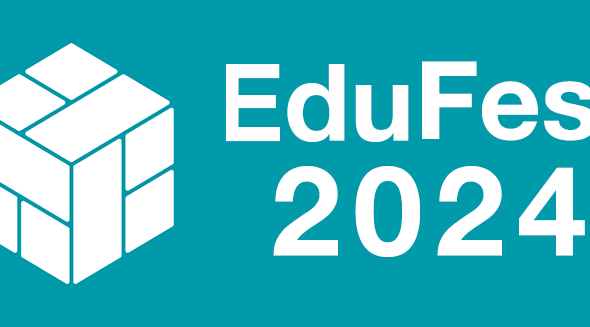I recently attended the CLT Lunchtime Hub event introducing Team Based Learning (TBL). Steve Cayzer (Mechanical Engineering) shared his experience in a workshop where we took part in a Team Based Learning activity. Attendees completed a ‘pre-reading’, which introduced the basics of this approach to peer learning. During the workshop, we formed diverse teams, based on our learning or work experience. Each group had a mix of students, professional services staff, academics with less than 2 years’ experience, or greater.
We completed ‘individual readiness assessments’, followed by a ‘team readiness assessment’. Then we worked together on ‘application activities’. These explored some of the benefits and challenges of TBL and team learning in general. We worked in our teams to come up with new approaches to team tasks which could have worked better.
 Excerpt from The Least you need to know about Team Based Learning, Steve Cayzer (pre-reading activity for the workshop).
Excerpt from The Least you need to know about Team Based Learning, Steve Cayzer (pre-reading activity for the workshop).

The best thing about this event was the chance to take part and immerse ourselves in the TBL experience. It was a very active session. At the start we got in line ordered by our different roles so we could form teams. After working in our teams, we provided feedback on other groups’ activities. We also shared our most important learning points with the whole class. Students who attended the session commented that they enjoy the interactivity in their TBL sessions.
There was a sense of engagement and energy from the first team task (the team readiness assurance test) which ‘broke the ice’ in our newly formed group. Steve introduced a software for managing TBL activities (Intedashboard). It allowed us to respond to questions to test our understanding from the pre-reading, and provided feedback. In the team readiness assurance test, we worked together by evaluating the options and pooling our reflections and knowledge.
 A key benefit of this approach is a sense of shared accountability within the team. In TBL, teams remain constant in the long term. Steve also encourages teams to develop a charter and visual identity, and provides time for ‘team reflection’. This can help with a common issue in team learning: equality of contribution to the task. With an opportunity to work through a series of authentic problems, TBL provides a clear structure for peer learning activities.
A key benefit of this approach is a sense of shared accountability within the team. In TBL, teams remain constant in the long term. Steve also encourages teams to develop a charter and visual identity, and provides time for ‘team reflection’. This can help with a common issue in team learning: equality of contribution to the task. With an opportunity to work through a series of authentic problems, TBL provides a clear structure for peer learning activities.
Some of the challenges we discussed are:
- the importance of setting challenging multiple choice questions which move beyond surface knowledge
- setting clear goals and using clear language for the application activities. This could involve asking for peer review by colleagues, or providing examples to avoid ambiguity
- building in time for individual reflection during time-limited team tasks
- giving an appropriate assessment weighting to team tasks
On reflection, I also wondered how to ensure that everyone comes to class prepared, having completed their pre-reading. This is a common issue for 'flipped learning' approaches. It may be difficult to cover all the content and allow more time for collaborative learning, especially if not everyone has completed the pre-session tasks. In Steve’s cohort, some teams come together at a pre-arranged time to compare notes on the pre-reading, which is very good practice. As with all forms of peer learning, it’s important to involve students in building a shared understanding of the expectations, benefits and challenges.
From this first experience, Team Based Learning seems to provide a powerful approach to structuring peer learning activities. For the future, I would like to find out more about how TBL works in different subject areas.
Rachel Applegate, Learning Technologist (Online Learning), Technology Enhanced Learning, CLT
Images from pixabay.com (free for commercial use, no attribution required)
Respond



